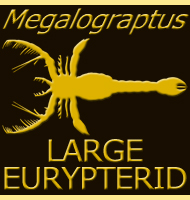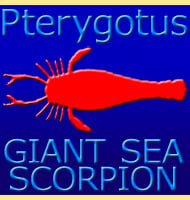Dominickus
In Depth Dominickus is a genus of butterfly moth that lived in the western USA during the late Eocene. Further Reading - A butterfly-moth (Lepidoptera Castniidae) from the Oligocene shales of Florissant, Colorado. - Journal of Research on the Lepidoptera 24(1):31-40. - N. B. Tindale - 1985.

